Komentáře / Otázky (54)
![]() Nicolle napsala:
Nicolle napsala:
Hi, i just want to make sure i understand this right, the part where i slip the stitches on the stitch holder and am asked to continue rib over heel stitches for 5./5.5/6cm does this mean i measure 5./5.5/6cm from the cast on row or from the part where i slipped the stitches? (In which case i would start decreasing for heel after about 10cm. Thanks for clarifying this. :)
20.10.2024 - 20:18Odpověď DROPS Design :
Dear Nicolle, "Work rib back and forth over heel sts for 5-5.5-6 cm" means that you will work this new type of rib, over the slipped stitches, for as many cm as indicated for your size. So you start counting from the row where you slipped the stitches. Happy knitting!
20.10.2024 - 23:03
![]() Nicolle napsala:
Nicolle napsala:
Hi, i just want to make sure i understand this right, the part where i slip the stitches on the stitch holder and am asked to continue rib over heel stitches for 5./5.5/6cm does this mean i measure 5./5.5/6cm from the cast on row or from the part where i slipped the stitches? (In which case i would start decreasing for heel after about 10cm. Thanks for clarifying this. :)
20.10.2024 - 20:17
![]() Katarzyna napsala:
Katarzyna napsala:
Dzień dobry. Proszę o dokładniejsze wyjaśnienie KIEDY DOKŁADNIE ZACZĄĆ PRZERABIAĆ SCHEMAT M2?
30.07.2024 - 23:45Odpověď DROPS Design :
Witaj Kasiu, schemat M. 2 zaczyna być przerabiany na tych samych oczkach, na których był wcześniej przerabiany schemat M.1 w momencie zamykania oczek na palce na wierzchu stopy (uwaga: zamykanie o. na spód i na wierzch stopy nie są takie same, ale są wykonywane w tym samym okrążeniu). Pozdrawiamy!
31.07.2024 - 09:00
![]() Gaetane napsala:
Gaetane napsala:
Bonjour, je comprends votre patron, mais ma question est : Vous dites se tricote en rond, sur aiguilles circulaires ou 4 aiguilles double pointés ? Et si oui on répartit les mailles de combien sur aiguilles? Merci
08.02.2023 - 12:36Odpověď DROPS Design :
Bonjour Gaetane, on utilise ici des aiguilles doubles pointes, mais vous pouvez aussi utiliser une aiguille circulaire et la technique du magic loop - divisez le nombre de mailles à monter par le nombre d'aiguilles et ajustez si besoin avec 1 maille en plus sur 1 ou 2 aiguilles en fonction. Bon tricot!
08.02.2023 - 16:40
![]() Gaetane napsala:
Gaetane napsala:
Bonjour ! Combien de mailles pour une enfant de 8 ans ? Merci ! Félicitation pour vos patrons c est si explicite 👍👍👏👏😄😄 merci 🙏
24.01.2023 - 12:30Odpověď DROPS Design :
Bonjour Gaetane et merci. Ce modèle n'est disponible qu'à partir du 35/37 - retrouvez tous les chaussons enfant ici - n'hésitez pas à filtrer en choisissant la pointure de l'enfant. Bon tricot!
24.01.2023 - 16:33
![]() Sue napsala:
Sue napsala:
Do I finish M.1 on WS? Then it looks like I set aside the M.1 section along with 3 stitches on either side, is this correct? To work rib back and forth over heel sts, wouldn't I need to cut the yarn first from M.1 and reapply it to heel section?
10.11.2021 - 02:40Odpověď DROPS Design :
Hi Sue, You place the stitches on the thread without working them, then you do not need to cut the strand. Happy knitting!
10.11.2021 - 06:55
![]() Dusica napsala:
Dusica napsala:
I finished heel decrease but really have problem understanding the part afterwards.on the needle with 11 heel sts(size 38)I picked up 10 sts and now have 21 sts on that needle.Do I add sts from holder and than 10 sts from the other side to this 1 needle or? After that,stockinette st on heel is clear but on each side of heel and M1 diagram with rib? Please explain this part a bit more detailed .Thank you.
14.03.2019 - 10:18Odpověď DROPS Design :
Dear Dusica, after heel decreases have been worked, pick up 10 sts along left side of heel, slip the 21 sts from upper foot back on needle and pick up 10 sts along right side of heel. Insert a marker inside 1 st of the picked up sts on left and right side of heel and work these sts purled, so that you will have: marker, P1 (new st), K1, P1, K1, (= 4 sts in rib before M.1) M1 (= 15 sts), K1,P1,K1 (sts from st holder), P1 (= 4 sts in rib after M.1). Happy knitting!
14.03.2019 - 10:32
![]() Dusica napsala:
Dusica napsala:
At the beginning, where it says now devide the sts as follows : slip sts on holder for mid on top of foot K1,P1,K1,M1 diagram, K1,P1,K1=21 sts....do I work these sts or simply place them on holder?
10.03.2019 - 20:02Odpověď DROPS Design :
Hi Dusica, simply place these sts on holder, without working them. Happy knitting!
10.03.2019 - 20:21
![]() Lora Huey napsala:
Lora Huey napsala:
Just finished a pair, love, love, love them ! The pattern is not hard if you pay close attention to it and follow it to the letter . Know I will be making many more of these socks.
08.01.2019 - 14:55
![]() Katty.c napsala:
Katty.c napsala:
Très joli modèle qui réclame de l'attention mais avec un peu de concentration, on y arrive !
21.12.2018 - 00:40
Chili#chilisocks |
|||||||||||||||||||||||||
|
|
|||||||||||||||||||||||||
Kotníkové ponožky s copánkem pletené z příze DROPS Alaska. Velikost: 35-43.
DROPS 131-43 |
|||||||||||||||||||||||||
|
TVAROVÁNÍ PATY (pleteme lícovým žerzejem): 1. řada (= lícová): pleteme po posledních 6-7-7 ok v řadě, 1 oko sejmeme hladce, 1 oko upleteme hladce a sejmuté přes ně přetáhneme, práci otočíme. 2. řada (= rubová): pleteme po posledních 6-7-7 ok v řadě, 1 oko sejmeme obrace, 1 oko upleteme obrace a sejmuté přes ně přetáhneme, práci otočíme. 3. řada (= lícová): pleteme po posledních 5-6-6 ok v řadě, 1 oko sejmeme hladce, 1 oko upleteme hladce a sejmuté přes ně přetáhneme, práci otočíme. 4. řada (= rubová): pleteme po posledních 5-6-6 ok v řadě, 1 oko sejmeme obrace, 1 oko upleteme obrace a sejmuté přes ně přetáhneme, práci otočíme. Tímto způsobem pokračujeme v ujímání (vždy o 1 oko snížíme počet ok zbylých v řadě), až nám v řadě zůstane 9-11-11 ok. -------------------------------------------------------- PONOŽKA: Pleteme v kruhových řadách na ponožkových jehlicích. Na ponožkové jehlice č. 4,5 nahodíme přízí Alaska 42-48-48 ok. Upleteme 2 kruhové řady hladce a pokračujeme 5 kruhovými řadami pružným vzorem 1/1 (tj. střídáme 1 oko hladce, 1 obrace). Následující kruhovou řadu pleteme takto: prvních 27-33-33 ok pleteme dál pružným vzorem 1/1, pak vzor M.1 (= 15 ok). Takto pokračujeme do výše 4-4-4 cm. Nyní práci rozdělíme – následující oka odložíme na pomocnou jehlici (= nárt): 1 oko hladce, 1 obrace, 1 hladce, vzor M.1, 1 oko hladce, 1 obrace, 1 hladce = 21-21-21 ok, zbylých 21-27-27 ok ponecháme na jehlici (= pata). Nad oky paty pokračujeme v řadách pružným vzorem - upleteme 5-5,5-6 cm výšky. POZOR! V poslední rubové řadě ujmeme rovnoměrně potřebný počet ok na výsledných 19-23-23 ok; ujímáme spletením 2 ok hladce. Označíme si střed paty – NYNÍ MĚŘÍME DÍL OD TOHOTO MÍSTA. TVARUJEME PATU – viz výše! Po dokončení tvarování nabereme po obou stranách paty 9-10-12 ok a odložených 21-21-21 ok vrátíme z pomocné jehlice zpět na jehlici = 48-52-56 ok. Označíme si obě strany nártu – značky umístíme po stranách 21-23-25 ok nártu (= za 3-4-5 oka pletená pružným vzorem na každé straně vzoru M.1). Pokračujeme lícovým žerzejem (= chodidlo a klíny paty) a vzorem M.1 s pružným vzorem po stranách - SOUČASNĚ ujímáme na obou stranách takto: poslední 2 oka před značkou na nártu spleteme hladce za zadní nit, první 2 oka za značkou na nártu spleteme hladce. Ujímání opakujeme v každé 2. kruhové řadě, celkem 6-7-7x = 36-38-42 ok. Pleteme dále až do výše 16-18-21 cm od značky na patě – končíme dopletením 1 celé sekvence vzoru M.1 = do požadovaných rozměrů chybí uplést asi 6-6-6 cm výšky. Označíme si obě boční strany ponožky – chodidlo tvoří 19-19-21 ok, nárt 17-19-21 ok (= 1-2-3 oka po obou stranách vzoru M.1). Začneme tvarovat špičku - NEJPRVE SI PŘEČTĚTE CELÝ NÁSLEDUJÍCÍ POPIS! POZN.: Na chodidle a na nártu ujímáme různě, ale ve stejných kruhových řadách. Na chodidle ujímáme takto (mezi značkami): za značkou spleteme 2 oka hladce za zadní nit, před značkou spleteme 2 oka hladce. Ujímání opakujeme v každé 2. kruhové řadě, celkem 4-4-4x, pak v každé kruhové řadě, celkem 3-3-4x. SOUČASNĚ ujímáme na nártu, takto: nad vzorem M.1 pleteme nyní vzor M.2 (1-2-3 oka na každé straně vzoru M.1 pleteme pružným vzorem jako dosud). Po dokončení tvarování špičky zbývá na jehlici 10-12-14 ok. Přízi odstřihneme, protáhneme zbylými oky, stáhneme a zapošijeme. |
|||||||||||||||||||||||||
Vysvětlivky ke schématu |
|||||||||||||||||||||||||
|
|||||||||||||||||||||||||
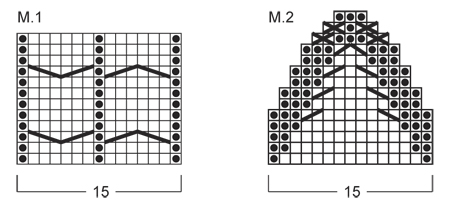
|
|||||||||||||||||||||||||
Dokončili jste tento model?Pak označte své fotky tagem #dropspattern #chilisocks nebo je pošlete do galerie #dropsfan. Potřebujete s tímto návodem poradit?Otevřete-li si návod na stránce garnstudio.com, najdete tam 19 výukových video-ukázek, Komentáře/Dotazy a další užitečné informace. © 1982-2025 DROPS Design A/S. Vyhrazujeme si veškerá práva. Tento dokument, včetně všech jeho dílčích částí, podléhá autorským právům. Podrobnější komentář k možnostem užití našich návodů najdete dole pod každým návodem na našich stránkách. |
|||||||||||||||||||||||||







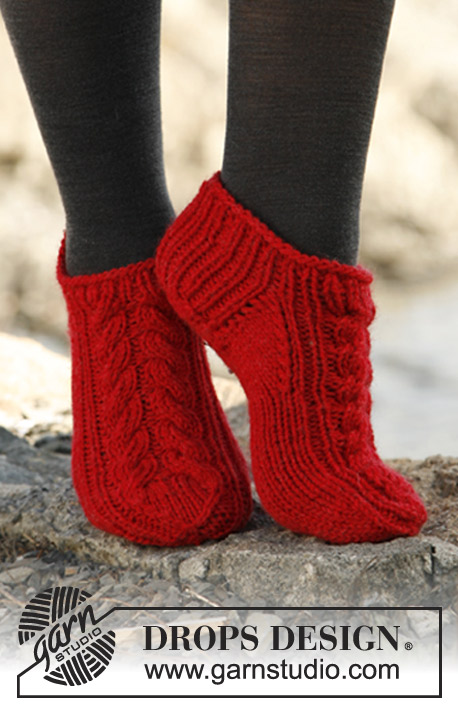
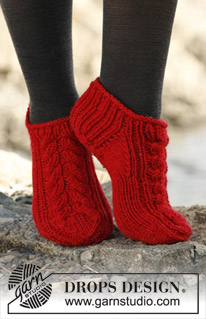



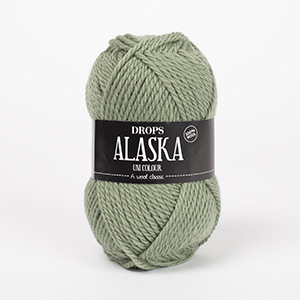
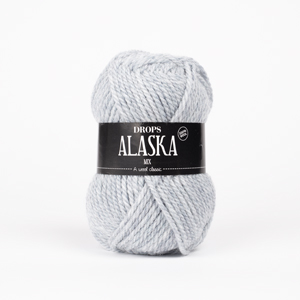
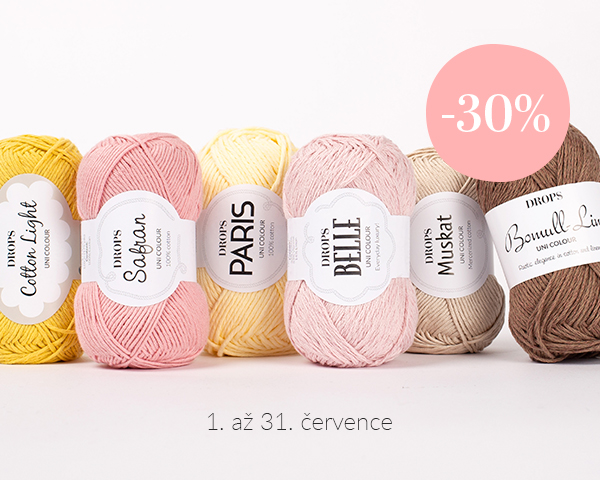





































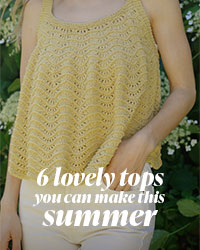

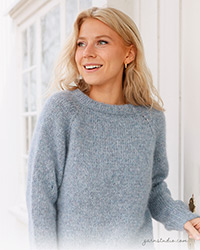
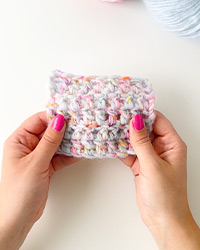
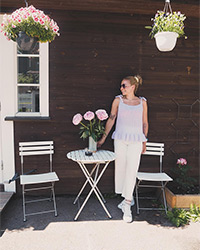
Přidejte komentář k návodu DROPS 131-43
Rádi bychom věděli, co si o tomto modelu myslíte!
Pokud se chcete na něco zeptat, dbejte prosím na to, abyste ve formuláři níže vybrali správnou kategorii - díky tomu se dříve dozvíte, co potřebujete vědět. Povinná pole jsou označena *.